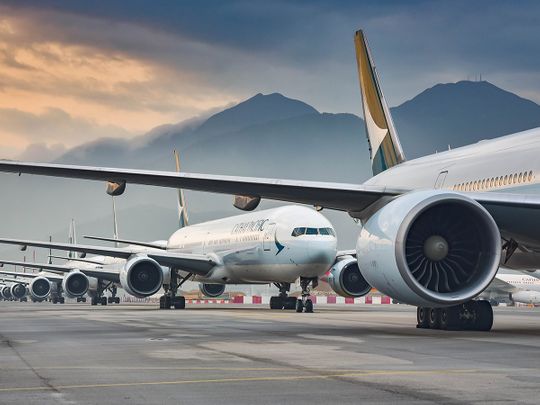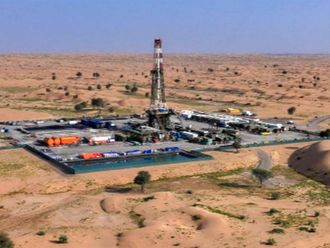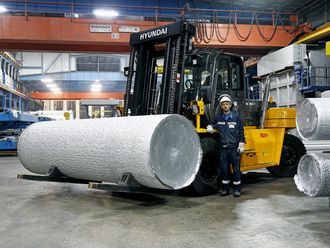
Dubai: If fuel prices remain at above $100 a barrel, airlines could end up registering bigger losses in 2022 than what is expected by the industry at the moment.
The International Air Transport Association (IATA) had previously estimated that airlines could lose $11.6 billion – this was on the assumption of a $78 per barrel jet fuel price. The ongoing Russia-Ukraine conflict has pushed jet fuel price to $140/barrel and this will add to airlines’ costs as they try to recover from the two-year pandemic.
“Absorbing such a massive hit on costs just as the industry is struggling to cut losses as it emerges from the two-year COVID-19 crisis is a huge challenge,” said Willie Walsh, IATA’s Director-General, in a statement. “If the jet fuel price stays that high, then over time, it is reasonable to expect that it will be reflected in airline yields.”
Meanwhile, passenger numbers in January were impacted by the Omicron variant. Total demand for air travel in January - measured in revenue passenger kilometers - was up 82.3 per cent compared to January 2021. However, it was down 4.9 per cent compared to the previous month on a seasonally adjusted basis.
Domestic air travel was up 41.5 per cent compared to the year-ago period but fell 7.2 per cent compared to December 2021. International rose 165.6 per cent versus January 2021 but fell by 2.2 per cent month-on-month between December 2021 and January 2022.
“The recovery in air travel continued in January, despite hitting a speed bump called Omicron,” said Walsh. “Strengthened border controls did not stop the spread of the variant. Many governments are now adjusting COVID-19 policies to align with those for other endemic viruses. This includes lifting travel restrictions that have had such a devastating impact on lives, economies and the freedom to travel.”
Middle Eastern airlines reported a 145 per cent demand rise in January compared to a year ago, well down on the 178.2 per cent increase in December 2021 versus the same month in 2020. During the same period, airline capacity rose 71.7 per cent versus the year-ago period, and load factor climbed 17.5 percentage points to 58.6 per cent.










